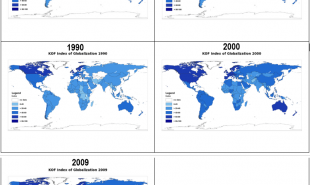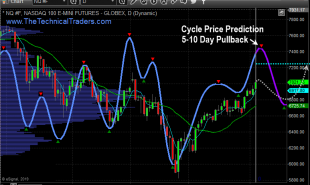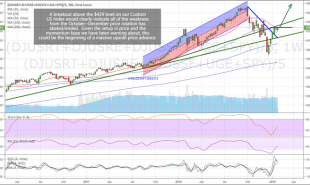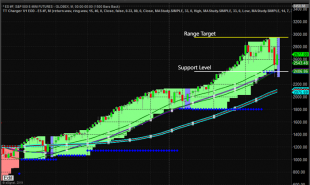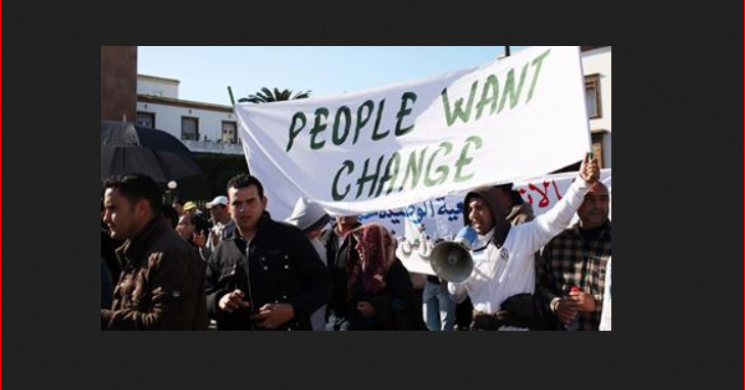
Morocco: What is fueling unrest in the Rif?
via aljazeera.com
Morocco has been in the news lately with a story that echoes another notorious case: that of a North African street vendor who had his wares confiscated by local authorities and subsequently died protesting that action.
In Tunisia in 2011, the vendor's name was Mohamed Bouazizi, and his death sparked the Arab Spring. In Morocco last year, the vendor's name was Mouhcine Fikri, and his gruesome death in a trash compactor set off a wave of protests across the country's Rif region, fuelled by wide-ranging discontent over official abuses and corruption. From these protests, a movement known as al-Hirak al-Shaabi (the Popular Movement) has emerged, led by Nasser Zefzafi.
Where this will lead remains unclear. Morocco remained mostly stable through the Arab Spring upheaval, spearheaded in the kingdom by the February 20 movement, which was comprised of young, internet-savvy activists who mobilised the public but ultimately failed to translate their passions into the kind of political manoeuvring that could catapult them into government.
King Mohammed VI was sensitive to the mood on the street and took a proactive role, offering constitutional reforms and elections. But the chilling examples of countries such as Syria and Libya, where uprisings spiralled into intractable wars, served to dampen public enthusiasm for massive change. Today, Moroccan authorities have accused Zefzafi and his supporters of "undermining the security of the state", arresting him and dozens more.
Where is the Rif region?
The Rif region refers to the Rif Mountains on Morocco's Mediterranean coast. Most of the terrain in this region is mountainous, with only a few narrow valleys that are habitable or usable for agriculture. The inhabitants are mostly Berber and have long felt cut off from the support and resources of the central government in Rabat.
Why are Rif residents unhappy?
The Rif region has long been underdeveloped and underrepresented in the government in Rabat. In 1958, the late King Hassan II ordered thousands of troops to the region to quell a civil disobedience movement that had called for social and political rights. Many left the Rif for Europe in search of a better life, returning to their ancestral towns only to build homes that they lived in during vacations or after retirement. This, along with the diversion of much of the region's arable land for cannabis planting, has decimated the local economy and environment.
What set off the current protests?
The protests began after a young fish vendor in al-Hoceima had his wares confiscated by local authorities because he was selling swordfish out of season. Fikri was determined to get his livelihood back, so he crawled into the back of a trash compactor truck where police had thrown the fish. Somehow the compactor came on, and Fikri was crushed to death in the truck; videos of the incident quickly began circulating on social media, prompting public outrage. Although the central government rejected the behaviour of local authorities in the case, its focus shifted to the "security of the state" after protests failed to die down.
What is Zefzafi's role in the ongoing unrest?
An unemployed man of 39, Zefzafi emerged as a de facto leader of the protests that followed Fikri's death. He has broadcast his fiery speeches via internet videos, speaking in the Tarifit language of the Rif and denouncing the "corruption" and "dictatorship" of the central government. Dozens of protesters, including Zefzafi, have been arrested by Moroccan authorities; the government estimates that 40 people have been jailed, while local human rights groups put the number closer to 70.
Read More HERE
Read more by Soren K.Group




